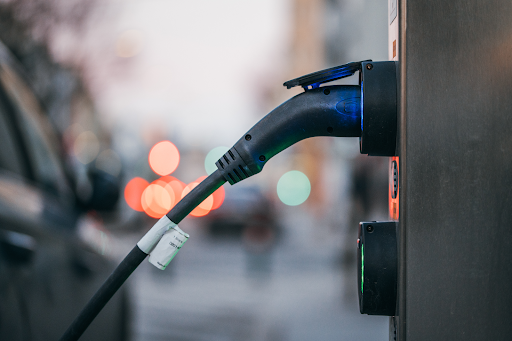For the “struggling carmakers” navigating the treacherous transition to an all-electric future, the plug-in hybrid has become a crucial and profitable lifeline. The explosive 56% growth in hybrid sales in September is not just a consumer trend; it’s a clear signal of an industry-wide strategy to stay afloat in turbulent waters.
The struggle for traditional automakers is twofold. First, developing and manufacturing pure electric vehicles is incredibly expensive, and it’s a field where they face intense competition from both established rivals and new, agile Chinese brands. Profit margins on many pure EVs are thin or even negative.
Second, they are under immense regulatory pressure from the ZEV mandate to reduce their overall emissions. Simply continuing to sell traditional petrol and diesel cars is not an option.
Plug-in hybrids (PHEVs) offer an elegant, if temporary, solution to both problems. They are technologically less radical than pure EVs, making them cheaper to develop and build, and thus more profitable to sell. At the same time, their ability to run on battery power for short distances significantly lowers their official emissions figures, helping the carmaker to meet its compliance targets.
The September sales figures show this strategy is working. By shifting focus towards these more profitable hybrids, struggling carmakers can generate the revenue needed to fund their long-term pure EV development while simultaneously keeping the regulators at bay. For many in the industry, the hybrid is not just a transitional technology for the consumer, but a vital financial bridge to survive the transition themselves.

